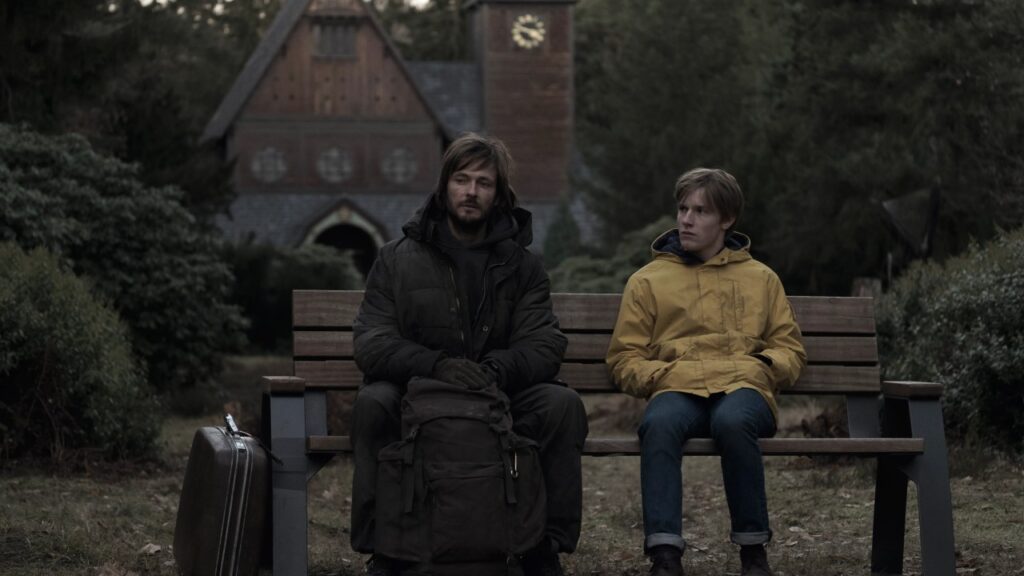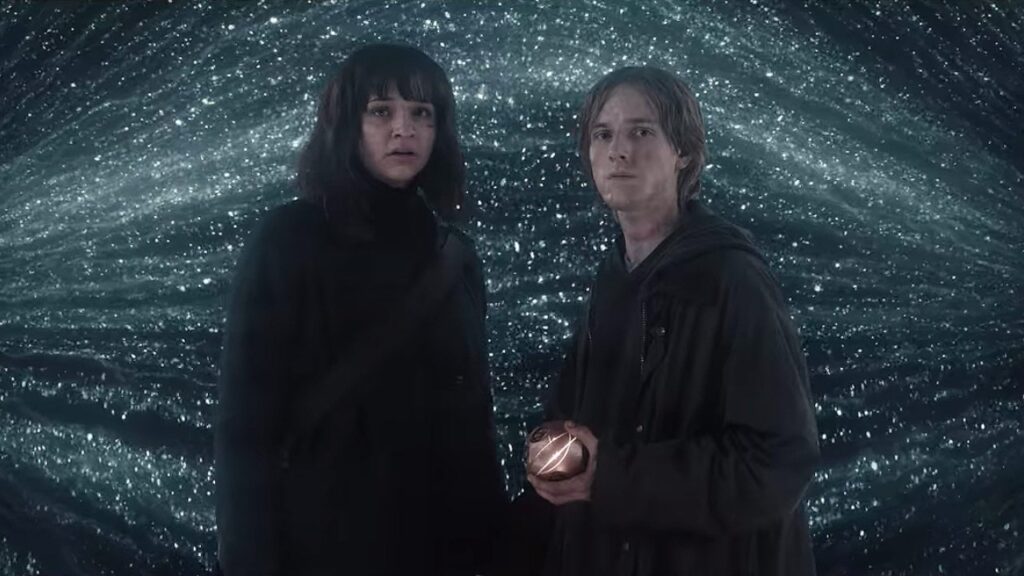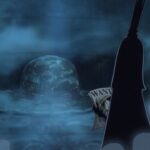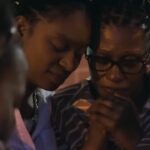Baran bo Odar and Jantje Fries’s Netflix ‘Dark‘ is an intricate sci-fi thriller that questions how time works and how our actions connect across generations. It follows four families in the small German town of Winden, the Kahnwalds, Nielsens, Tiedemanns, and Dopplers. Their lives are so intertwined that understanding them requires thinking about cause and effect in unusual ways. What happens in one generation shapes the next, often in ways we cannot predict.
The story takes place across three worlds that are closely connected. It begins in a linear-time world where a clockmaker named H.G. Tannhaus loses his son, daughter-in-law, and granddaughter in a car accident in 1971. He spends years trying to build a time machine to undo the tragedy. When he activates it in 1986, he does not reverse the event. Instead, he creates the two knotted worlds where most of the series unfolds. In these worlds, time loops endlessly, and every attempt to change the past can become the cause of future events.
How Time Travel Turns Fate into a Cycle of Paradox and Conflict

All three seasons show events repeating in 33-year cycles. The cycles demonstrate how actions intended to prevent tragedy are often the very cause of it. In the knotted worlds, two older versions of the main characters lead opposing factions. Jonas becomes Adam and seeks to destroy the loop. In the alternate world, Martha becomes Eva and aims to preserve it. Their conflict drives much of Winden’s events and shows how personal motives and choices shape history.
Season 1 starts with the apparent end of one story and the beginning of another. In 2019, Michael Kahnwald dies, and Mikkel Nielsen, Ulrich and Agnes’s younger son, disappears while exploring the Winden caves. The search reveals a time-travel wormhole that connects 1986 and 1953. By the end of the season, we learn that Mikkel travels to 1986, grows up as Michael, and becomes Jonas’s father.
This creates the central paradox where the past and future are inseparable. Ulrich Nielsen tries to stop it by traveling to 1953 and attacking Helge Doppler as a child. Instead of preventing events, he becomes part of the chain that shapes Helge’s life and is trapped in the past. By the season’s end, Jonas, as The Stranger, tries to close the wormhole but sends his younger self to a post-apocalyptic 2052.
By the time we see the second season, it is evident that the story has more plots than anyone can imagine. We see Jonas’s future self as Adam leads the Sic Mundus Creatus Est cult. Adam claims he wants to end the cycles and manipulates younger Jonas with promises that he can prevent Michael’s death. The season builds to the apocalypse in 2020, showing how multiple characters try to save themselves and others while Adam’s actions trigger the event. A new version of Martha from a parallel world appears, adding complexity.
One of the strangest outcomes involves Charlotte Doppler discovering that her daughter Elisabeth is also her mother because of time travel. Claudia Tiedemann, once Adam’s ally, sees his deception and focuses on saving her daughter, Regina, from dying of cancer.
Love, Loss, and the Persistence of Time in Dark’s Last Season

The final season leaves us with questions as the story explores the alternate world where Jonas does not exist. Martha becomes central, and her older self, Eva leads Erit Lux. Eva’s goal is to preserve the cycle so her son, the Unknown, born from Jonas and alt-Martha, can exist. Claudia discovers the Origin World and explains to Adam that there is a moment during the apocalypse when time stands still. This creates a loophole to break the cycle.
Adam sends Jonas and alt-Martha to 1971 in the Origin World, where they prevent Tannhaus’s family from dying in the car accident. The knotted worlds vanish, and characters created by time travel, including Jonas, Martha, and the Nielsen family, disappear. The final scene shows the remaining characters living ordinary lives. Pregnant Hannah experiences déjà vu and chooses to name her child Jonas, suggesting that some connections survive even when cycles are broken.The show confuses the best of us and makes us ask whether we are ever free from fate, whether our actions are our own, and how grief and love repeat across time. It shows that even when cycles end, echoes of the past remain. The story does not give us clear answers but invites us to consider what connections endure and how our choices shape the world. The ending is open and encourages discussion about time, memory, and the human drive to understand the consequences of what we do.




